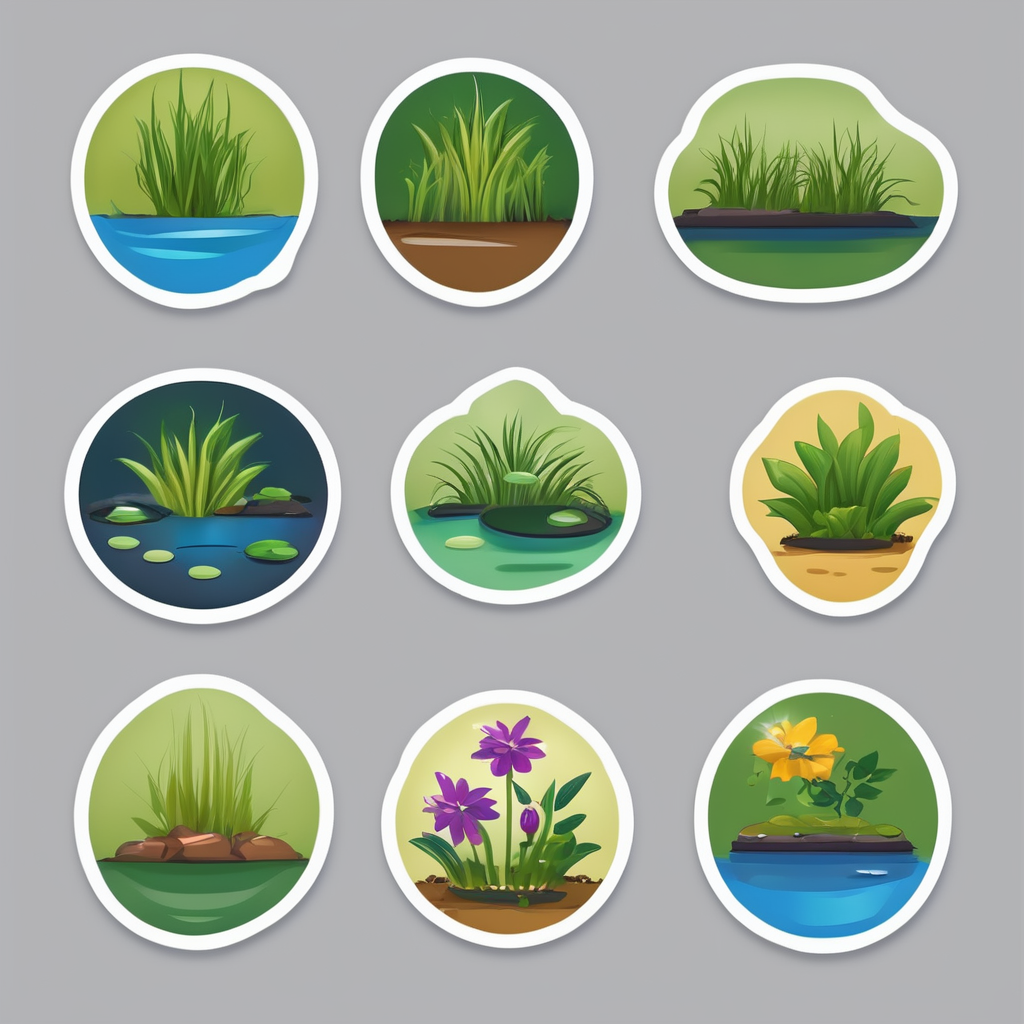Actionable Ways to Integrate Sustainable Decor into Your Home
Sustainable decor solutions are more accessible than ever, inviting homeowners to embrace eco-friendly home transformations with ease and style. A primary step is opting for decor made from renewable or recycled materials, which reduces reliance on new resources while adding character. Practical green living tips include repurposing existing items to create fresh looks—think transforming old wooden crates into shelving or refreshing worn textiles with natural dyes.
Leading trends for 2024 emphasize minimal waste and multifunctional pieces that blend aesthetics with sustainability. For example, choosing modular furniture crafted from bamboo or reclaimed wood supports both durability and environmental responsibility. Simple actions like selecting low-impact finishes or non-toxic paints further lower your home’s carbon footprint while enhancing indoor air quality.
Also to read : How Can You Transform Your Living Space with Eco-Friendly Décor Options?
Quick upcycling projects can refresh interiors instantly without purchasing new items. Swapping out cushion covers with fabrics made from organic cotton or recycled fibres adds comfort and conscience. By incorporating these sustainable decor solutions regularly, you contribute to green living day-to-day, creating a home that reflects both your style and values.
Eco-Conscious Materials and Smart Choices for Decor
Choosing eco-friendly materials is at the heart of sustainable decor solutions. Popular options include bamboo, cork, reclaimed wood, and organic cotton, prized for their renewability and low environmental impact. These materials not only reduce waste but also often provide durability that enhances furniture longevity. Incorporating these into your home supports eco-friendly home transformations by minimizing reliance on virgin resources.
Also to discover : How Can You Infuse UK Heritage Style into Your Home Decor?
When selecting decor, it’s crucial to identify non-toxic decor. Many conventional paints and finishes emit volatile organic compounds (VOCs), impacting indoor air quality. Instead, opt for natural oils, water-based paints, and organic finishes. These alternatives lower toxins in your living space and align with practical green living tips by promoting healthier environments.
Ethically made or recycled decor items can be recognized through certifications such as FSC for wood or GOTS for textiles. Supporting such products encourages sustainable supply chains and fair labor practices. Additionally, sustainable home accessories crafted from recycled metals, glass, or fabrics extend the life of materials that might otherwise become waste.
By prioritizing these smart material choices, you invest in green living day-to-day. Your home benefits from beauty and safety, while contributing to broader environmental goals through every piece chosen.
Actionable Ways to Integrate Sustainable Decor into Your Home
Embracing sustainable decor solutions starts with simple, impactful steps aligning with the latest trends for 2024. A leading trend is prioritizing multifunctional furniture crafted from renewable resources. This supports eco-friendly home transformations by reducing waste and increasing longevity. For example, modular seating or storage pieces made from bamboo blend style with sustainability effortlessly.
Practical green living tips encourage minimizing single-use items in decorating. Instead of buying brand-new accessories, re-use or upcycle existing pieces. Transform old vases by painting them with non-toxic decor paints or turn unused fabric scraps into cushion covers. These quick projects refresh your space without adding to landfill.
To reduce environmental impact daily, consider choosing decor with certifications verifying ethical production or recycled content. Small actions, like switching to energy-efficient lighting combined with sustainable decor, create a holistic green living approach. By integrating these practical green living tips regularly, every homeowner can nurture an eco-conscious sanctuary that combines beauty and responsibility.
Ultimately, using sustainable decor solutions is less about a complete overhaul and more about consistent, mindful choices that contribute to lasting eco-friendly home transformations.
Actionable Ways to Integrate Sustainable Decor into Your Home
Embracing sustainable decor solutions involves following the leading trends for 2024 that focus on functionality and renewability. Multifunctional pieces crafted from sustainable resources, such as bamboo or reclaimed wood, remain top choices for supporting eco-friendly home transformations. These pieces reduce the need for multiple items, cutting down on waste and resource use.
How can homeowners reduce environmental impact in everyday decorating? Prioritizing reuse and upcycling offers quick, practical ways to refresh interiors without adding clutter. For example, old furniture can be given a new life with non-toxic paints or natural finishes. Likewise, transforming fabric remnants into cushion covers or wall hangings aligns with practical green living tips and keeps materials from landfill.
Small changes like selecting decor with ethical certifications or incorporating energy-efficient lighting are easy yet effective. These strategies combine to make sustainable living approachable in daily life. Together, such practical green living tips foster beautiful, responsible spaces while steadily advancing eco-friendly home transformations without overwhelming effort or expense.
Actionable Ways to Integrate Sustainable Decor into Your Home
2024’s leading trends in sustainable decor solutions highlight multifunctionality and resource renewability. Homeowners are encouraged to embrace pieces that serve multiple purposes—like storage benches made from bamboo or reclaimed wood—to streamline spaces while reducing waste. These choices support eco-friendly home transformations by cutting down on unnecessary furnishings and promoting durability.
Easy actions to reduce environmental impact in everyday decorating include focusing on reuse and upcycling. A practical green living tip is to refurbish worn furniture using non-toxic paints or organic finishes, extending the life of existing items rather than buying new. Even small projects like crafting cushion covers from leftover fabric add both style and sustainability to interiors.
Quick refreshes can be achieved by repurposing household items. Turning vintage jars into plant holders or updating lampshades with eco-friendly fabrics combines charm with responsibility. These suggestions empower you to integrate sustainable decor solutions without overwhelming effort or cost.
By incorporating practical green living tips consistently—such as choosing multifunctional, renewable materials and prioritizing upcycling—you cultivate an environment that supports long-term eco-friendly home transformations while reflecting your personal style.
